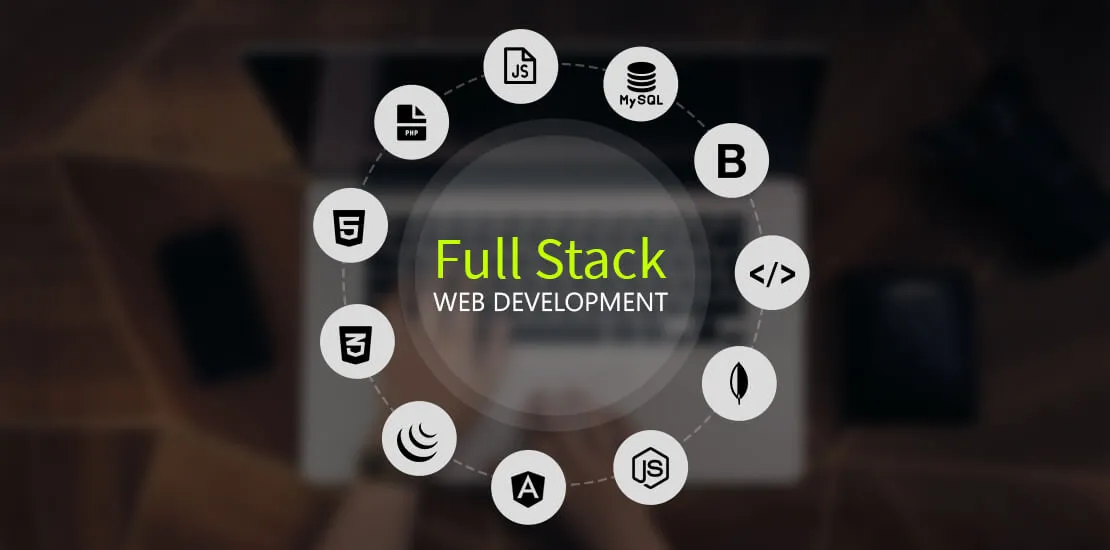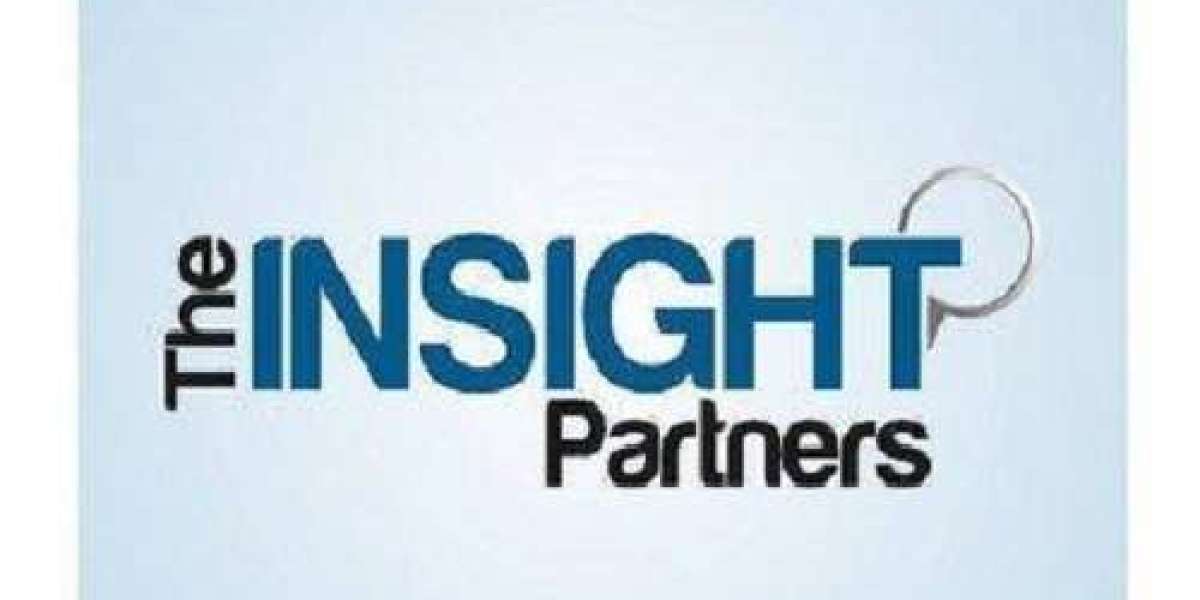The MERN stack has emerged as a popular choice for building dynamic and scalable web applications, thanks to its powerful combination of MongoDB, Express.js, React.js, and Node.js. As we step into 2024, the landscape of web development continues to evolve, and developers are eager to explore new trends and technologies. In this blog post, we'll take a closer look at the MERN stack development roadmap for 2024, exploring the latest advancements, best practices, and emerging trends in MERN stack development.
What Are MERN Stack Development Roadmap?

The MERN stack development roadmap outlines the key steps and milestones involved in building web applications using the MERN stack. It provides a structured approach to developing applications, from project planning and architecture design to deployment and maintenance. The roadmap typically includes the following stages:
Project Planning
The first step in the MERN stack development roadmap is project planning, where developers define the scope, objectives, and requirements of the project. This involves conducting market research, defining user personas, and creating a project roadmap and timeline.
Architecture Design
Once the project scope is defined, developers move on to architecture design, where they design the overall structure and components of the application. This includes designing the database schema, defining API endpoints, and planning the frontend and backend architecture.
Development

With the architecture in place, developers begin the development phase, where they write code to implement the features and functionality of the application. This involves building frontend components using React.js, creating backend APIs using Express.js and Node.js, and integrating with MongoDB for data storage.
Testing
Testing is an essential part of the MERN stack development roadmap, where developers ensure that the application functions as intended and meets quality standards. This includes unit testing, integration testing, and end-to-end testing to identify and fix any bugs or issues.
Deployment
Once the application is tested and ready for release, developers deploy it to a production environment where it can be accessed by users. This involves configuring servers, setting up databases, and deploying frontend and backend code to hosting platforms like Heroku or AWS.
Maintenance
The final stage of the MERN stack development roadmap is maintenance, where developers monitor the application, address any issues or bugs that arise, and implement updates and enhancements as needed to keep the application running smoothly.
Importance of MERN Stack Development Roadmap

The MERN stack development roadmap plays a crucial role in the success of web development projects. Here are some key reasons why having a structured roadmap is important:
Clarity and Direction
A roadmap provides developers with a clear vision of the project objectives and milestones, helping them stay focused and on track throughout the development process.
Efficient Resource Allocation: By outlining the steps and tasks involved in the development process, a roadmap helps allocate resources effectively, ensuring that time and budget are utilized efficiently.
Risk Mitigation
A well-defined roadmap helps identify potential risks and challenges early in the development process, allowing developers to proactively address them and minimize their impact on the project.
Stakeholder Communication
A roadmap serves as a communication tool for stakeholders, helping them understand the progress and status of the project and providing transparency into the development process.
Scalability and Flexibility: A roadmap allows for scalability and flexibility in the development process, enabling developers to adapt to changing requirements and priorities as the project evolves.
Benefits of MERN Stack Development Roadmap
Some of the key benefits of following a MERN stack development roadmap include:
Improved Efficiency
By following a structured roadmap, developers can streamline the development process and avoid common pitfalls and delays, leading to improved efficiency and faster time to market.
Enhanced Collaboration
A roadmap fosters collaboration among team members by providing a shared understanding of project goals and objectives, facilitating communication and coordination throughout the development process.
Higher Quality
A roadmap helps ensure that all aspects of the development process are planned and executed effectively, leading to higher quality outcomes and greater customer satisfaction.
Better Risk Management
By identifying potential risks and challenges early in the development process, a roadmap allows developers to implement mitigation strategies and contingency plans, reducing the likelihood of project delays or failures.
Greater Accountability
A roadmap provides a framework for tracking progress and monitoring performance, enabling developers to hold themselves and their team members accountable for meeting project milestones and deadlines.
Discover the transformative potential of Full Stack Development Services tailored to meet the comprehensive needs of modern businesses.
Emerging Trends in MERN Stack Development for 2024
As we venture into 2024, the world of web development continues to evolve at a rapid pace, driven by technological advancements and changing user expectations. In this section, we'll explore some of the emerging trends in MERN stack development that are shaping the landscape of web development in 2024.
Serverless Architecture
Serverless architecture has gained traction in recent years as a cost-effective and scalable approach to building web applications. In a serverless architecture, applications are broken down into smaller, independent functions that are executed in response to events. With the rise of serverless platforms like AWS Lambda and Google Cloud Functions, developers can leverage the scalability and flexibility of serverless architecture to build MERN stack applications that are highly resilient and cost-effective.
Microservices Architecture
Microservices architecture has become increasingly popular for building large-scale, complex web applications. In a microservices architecture, applications are decomposed into smaller, loosely coupled services that can be developed, deployed, and scaled independently. This allows for greater flexibility, agility, and scalability compared to monolithic architectures. By adopting a microservices architecture with the MERN stack, developers can build modular, maintainable, and scalable web applications that can easily adapt to changing business requirements.
Progressive Web Applications (PWAs)
Progressive web applications (PWAs) have emerged as a compelling alternative to traditional native mobile apps, offering a seamless user experience across devices and platforms. PWAs leverage modern web technologies, including service workers and web app manifests, to provide features such as offline access, push notifications, and home screen installation. With the MERN stack, developers can build PWAs that deliver fast, reliable, and engaging user experiences, blurring the lines between web and native mobile applications.
Artificial Intelligence and Machine Learning

Artificial intelligence (AI) and machine learning (ML) have become integral components of modern web applications, enabling intelligent automation, personalization, and predictive analytics. With the MERN stack, developers can leverage AI and ML libraries and frameworks, such as TensorFlow.js and Brain.js, to build intelligent web applications that can analyze data, make predictions, and adapt to user behavior in real-time. From recommendation engines to chatbots, AI-powered MERN stack applications are pushing the boundaries of what's possible in web development.
Jamstack Architecture
Jamstack (JavaScript, APIs, and Markup) architecture has gained momentum as a modern approach to building fast, secure, and scalable web applications. In a Jamstack architecture, applications are built using client-side JavaScript frameworks like React.js, and content is served via APIs, enabling static site generation and serverless deployment. By combining the MERN stack with Jamstack principles, developers can build highly performant and resilient web applications that are optimized for speed, security, and scalability.
Conclusion
In conclusion, the MERN stack development roadmap provides a structured approach to building dynamic and scalable web applications using MongoDB, Express.js, React.js, and Node.js. By following a roadmap, developers can efficiently plan, develop, deploy, and maintain web applications, leading to improved efficiency, higher quality outcomes, and greater customer satisfaction. As we look ahead to 2024 and beyond, the MERN stack development roadmap will continue to evolve, incorporating new technologies, best practices, and emerging trends to meet the ever-changing demands of the web development landscape.



